When visiting Longwood Gardens, you are immersed not only in the breathtaking surroundings but in a rich history as well. The traditions and elegance of the gardens have evolved over decades to create the magnificence we have today. Step back in time to learn about these important cultural events and their contributions.
Explore the Development of our Gardens, Decade by Decade
-
1700-1906: The Rise and Fall of Peirce's Park
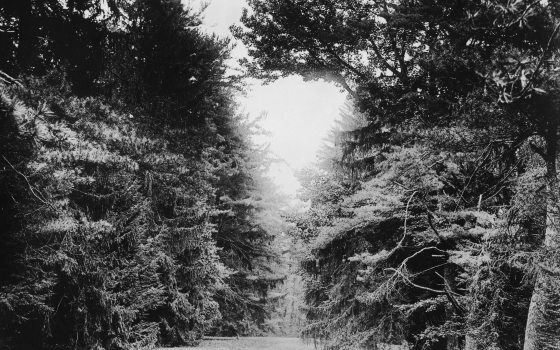
1700-1906: The Rise and Fall of Peirce's Park
There have been many stewards of the land that is now called Longwood Gardens. For thousands of years, the native Lenni Lenape tribe fished the streams, hunted its forests, and planted its fields.
-
1870-1954: Pierre S. du Pont
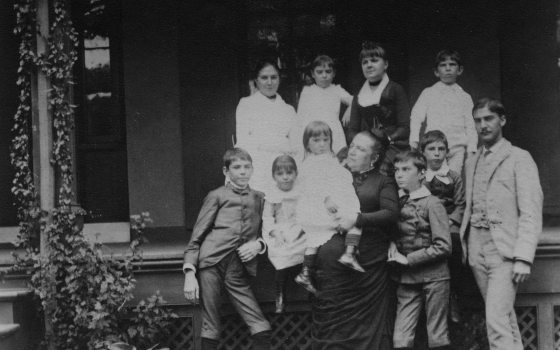
1870-1954: Pierre S. du Pont
Pierre du Pont was born in 1870. His early years were influenced by the area’s natural beauty and by the du Pont family’s long tradition of gardening. But not even Pierre himself could have predicted that he would someday become one of the country’s most influential gardeners.
-
1906-1916: A Country Place
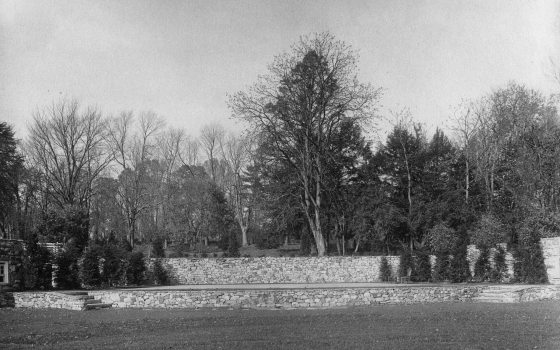
1906-1916: A Country Place
It didn’t take Pierre long before he started making his mark on what he called Longwood. In 1907, Pierre laid out his first garden – the 600-foot-long Flower Garden Walk, which is today one of Longwood’s most popular gardens.
-
1916-1926: Grand Style Gardening
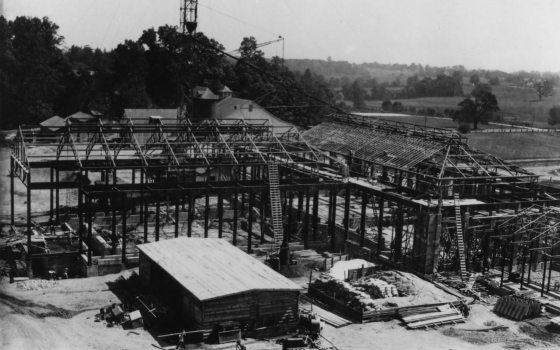
1916-1926: Grand Style Gardening
Ten years after purchasing Longwood, Pierre du Pont was just getting warmed up. By 1916 he was contemplating grand indoor facilities. The result was the stunning Conservatory, a perpetual Eden, that opened in 1921.
-
1926-1936: Flowers, Fountains & Music
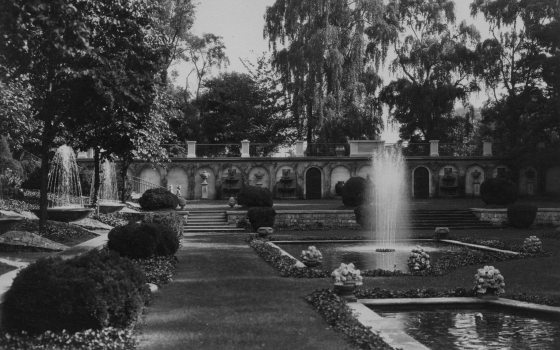
1926-1936: Flowers, Fountains & Music
From 1925 to 1927, Pierre constructed an “Italian” Water Garden in a low-lying, marshy site northeast of Longwood’s Large Lake with 600 jets in nine separate displays that shot from six blue-tiled pools and 12 pedestal basins.
-
1936-1946: Ensuring Longwood's Future
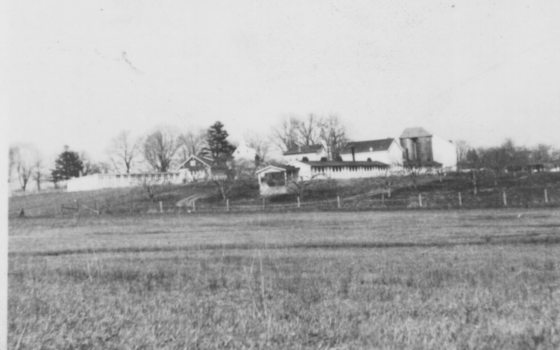
1936-1946: Ensuring Longwood's Future
By the mid-1930s, Longwood had grown from the original 202 acres to 926 due to Pierre’s purchase of 25 contiguous properties over the years. In addition to horticulture, agriculture had always been important at Longwood, which started out, after all, as a farm.
-
1946-1956: Private to Public
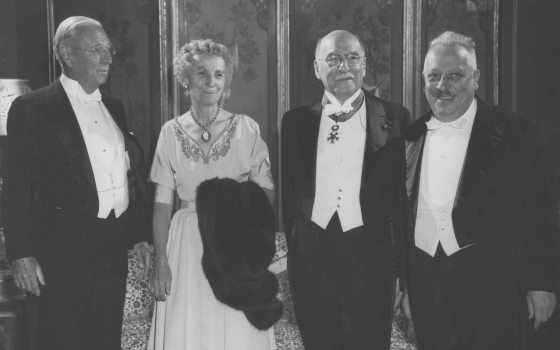
1946-1956: Private to Public
In 1954, just three days after being awarded the Cravate de Commandeur of the French Legion of Honor, Pierre died at 84 years old. With his usual foresight, Pierre had in place a well-funded yet adaptable mechanism for Longwood to continue.
-
1956-1966: Educating the Public

1956-1966: Educating the Public
The late 1950s and early 1960s saw tremendous change at Longwood, comparable to the building program of the 1920s except the emphasis was now on public comfort and education.
-
1966-1976: Improvement
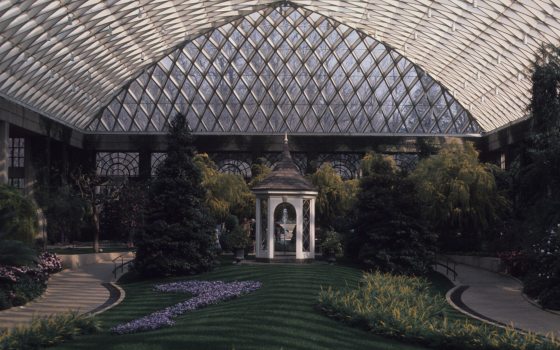
1966-1976: Improvement
There is one project that took center stage during this time period. The enormous Azalea House – now called the East Conservatory – opened in 1973 with much fanfare.
-
1976-1986: Grand Pleasures

1976-1986: Grand Pleasures
Nothing compares to the growth of Longwood’s Christmas Display. Attendance soared as more features were added, by 1984 there were 81 trees outdoors with 60,000 lights.
-
1986-1996: The Art of the Gardens
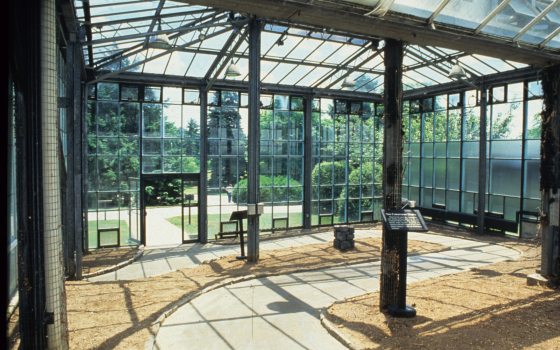
1986-1996: The Art of the Gardens
Already one of the world’s premier horticultural display gardens, Longwood continued to improve its growing practices and add new and inspired garden designs during this time period.
-
1996-2006: Grand Designs
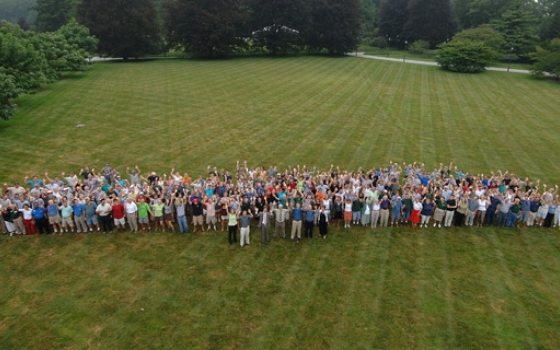
1996-2006: Grand Designs
As Longwood Gardens approached the new millennium, its full attention turned toward long-range planning and maintaining its place as one of the world’s great gardens.
-
2006-Present: The Next Century
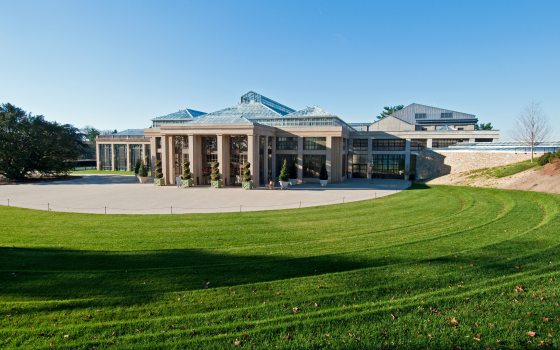
2006-Present: The Next Century
The future of Longwood is both bright and challenging, inspired by a redefined vision built on that conceived by Pierre S. du Pont. Recent growth of programs, attendance, budget, and accomplishments have pushed Longwood to the forefront of American cultural institutions.




